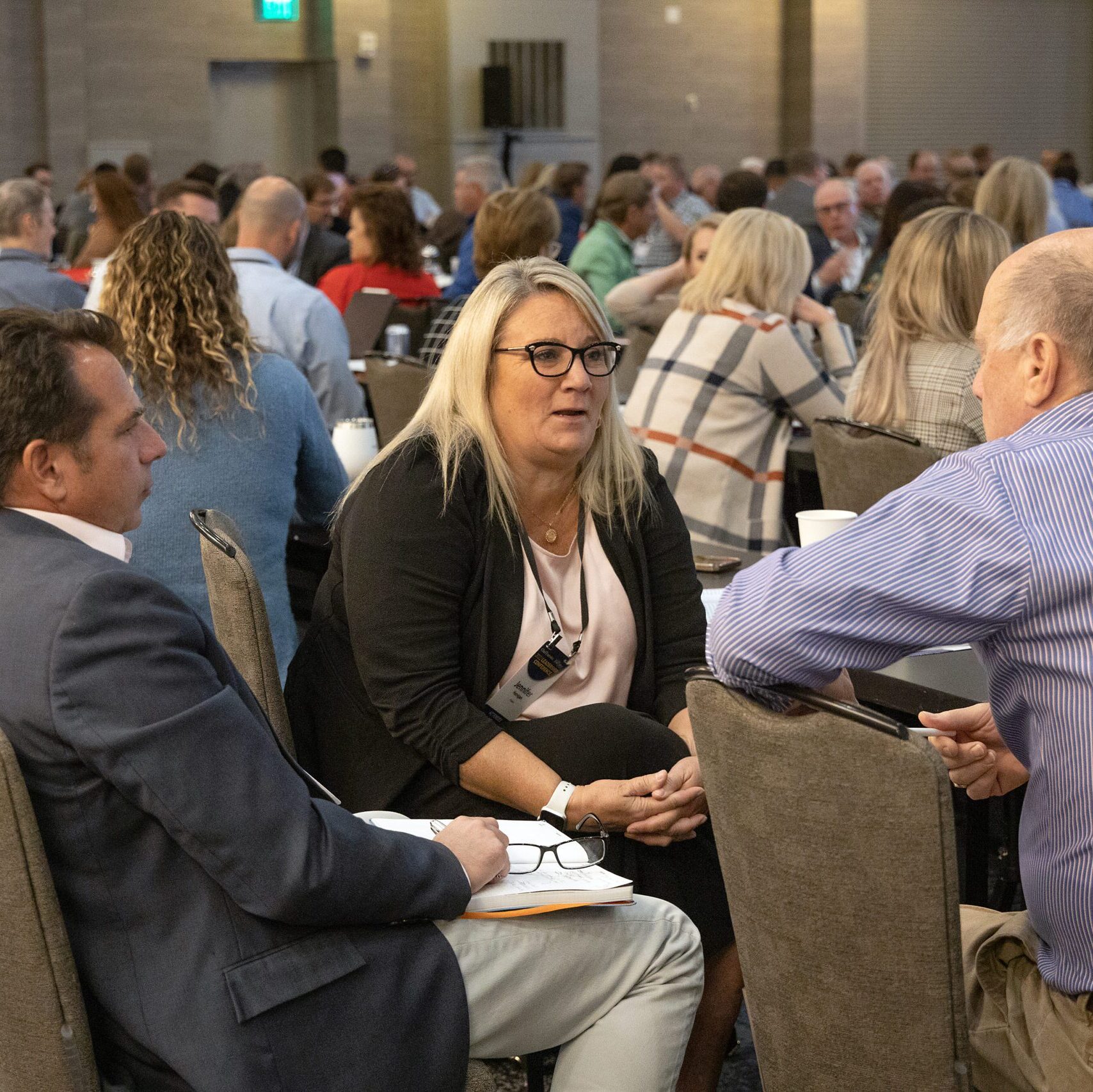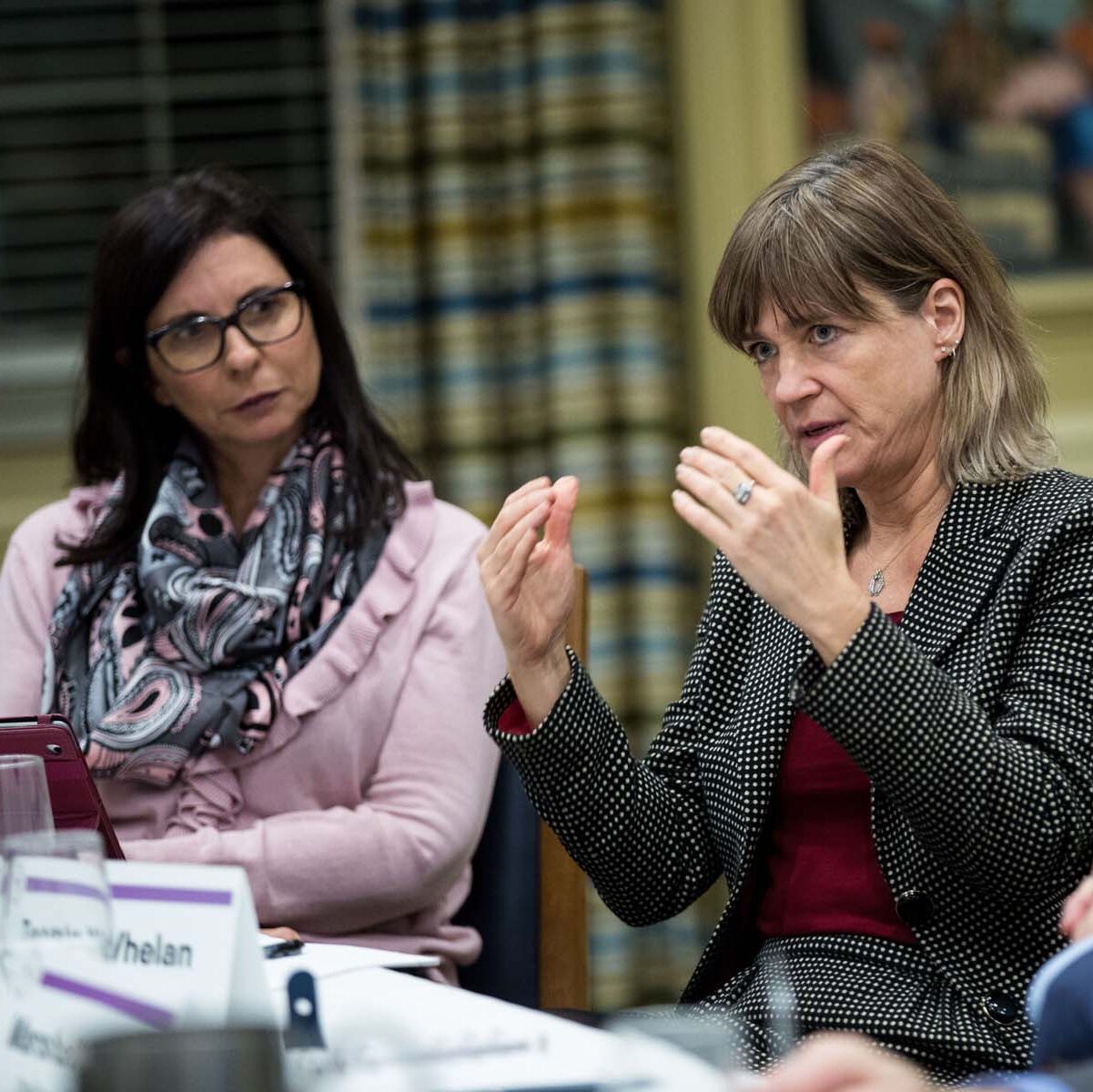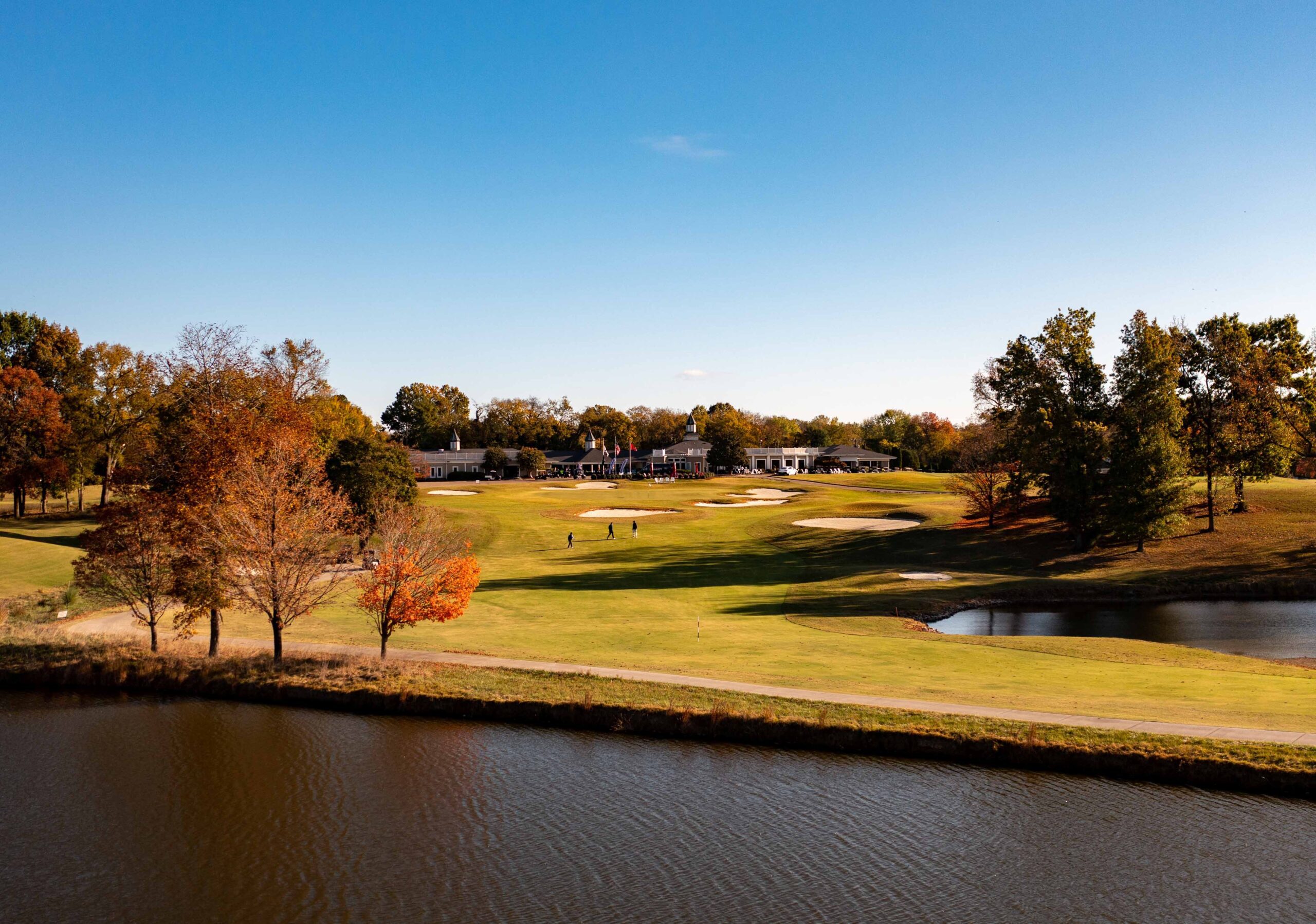WASHINGTON STATE: #33 Picking Up Speed
A slowing Chinese economy, concerns about Greece exiting the Euro zone and geopolitical instability in the Middle East and Europe constitute “vital threats” to Washington State’s economy, according to the Washington State Economic and Revenue Forecast Council. Washington’s sluggish economy is expected to “pick up speed” and sync up with the rebounding national economy, forecasters at JPMorgan Chase said last spring. Job cuts announced last year by Boeing and Microsoft will likely be offset by hiring at Amazon, helping prod the state’s efforts to at least keep pace with national job recovery, according to business analyst Dick Conway, writing in Seattle Business magazine this winter.
“Washington is a great alternative to California,” says Renzas, “it just hasn’t been effectively promoted.” Executives should take the state more seriously, he says. “They have a great location, a great workforce, and a super-duper airport” offering nonstop flights around the world.
Washington’s tax burden ranks 24th lowest out of 50 states, and it ranks 11th in the Tax Foundation’s State Business Tax Climate Index. Washington spends over $2.4 billion per year on incentives.
WHY WE’RE HERE: WASHINGTON
 WHO Michael Gasparenas, CEO and founder, Trusted Few
WHO Michael Gasparenas, CEO and founder, Trusted Few
SITE HISTORY In 1997, Michael Gasparenas immigrated with his family from Lithuania to Chicago, and from there to Seattle. Gasparenas started the contractor referral service, Trusted Few, in the West Lake Union neighborhood, then took office space in downtown Seattle. His staff of eight now occupies about 2,000 square feet on the 21st floor of a 25-story downtown building.
WHY WASHINGTON “Washington is great for business because it has many startups, startup support groups, investors and conferences. A huge pool of talent has been attracted here by industry giants like Amazon, Microsoft, Starbucks, Boeing and T-Mobile. Washington’s amazing schools attract creative and talented individuals that further boost local entrepreneurship and economy.”
BOTTOM LINE “In Seattle I find myself surrounded by entrepreneurs. The talent, the transportation, and the taxes work in favor of what I am doing right. I would not relocate to another city at this point.”
OREGON: #42, Turning the Corner
One day this spring, an individual who started a new job somewhere in Oregon restored the state workforce to its 2008 footprint. The employment news came as a relief to a state clawing
for signs it had finally rounded the corner on economy recovery.
“The economy is not healed,” acknowledged Josh Lehner, Oregon’s chief economic analyst. But, it’s a start. “We’re starting to see strong wage growth in the last six months, and that’s a good sign,” he said. Another good sign is seen in the technology sector, which absorbed over 30 percent of the state’s available real estate space in 2014, according to the commercial real estate company JLL. Expanding aerospace and drone-manufacturing sectors, including names like Boeing, Cloudcap Technologies and Precision Castparts, are leading the way. Business leaders have staked out proposed mandatory paid sick leave and proposed minimum wage hikes as key legislative bills they’re keen on defeating, says Shawn Miller, president of Miller Public Affairs, a lobbyist in Portland.
Oregon’s tax burden ranks 16th out of 50 states, and 12th in the Tax Foundation’s State Business Tax Climate Index. Oregon spends over $865 million per year on incentive programs.
WHY WE’RE HERE: OREGON
 WHO Haralee Weintraub, CEO of Haralee.com
WHO Haralee Weintraub, CEO of Haralee.com
The women’s clothing manufacturer moved into converted private home in Oak Grove, a mixed-use neighborhood in Southeast Portland, in 2005.
WHY OREGON “So many people are former employees of Nike, Columbia Sportswear or Adidas going out on their own, starting their own companies or looking for contract work. Pattern designers, small sewing companies, sample sewers are all plentiful.”
BOTTOM LINE “Everything for my company is made here in Portland. Small companies here are used to meeting the high standards of companies like Nike. It isn’t hard to find one that can do a good job, even though my fabrics are difficult to sew.”
CALIFORNIA: #50, A Tale of Two States
Which is the real California? The state that’s been leaking corporate employers such as Toyota, Raytheon, Nissan and eBay? Or the state that added more jobs in 2014 than anyone anticipated, surpassing Texas as the country’s biggest job creator? The state besieged by drought and high taxes, or the state whose economy is booming?
California is “a tale of two states,” says site selector Renzas, based in Orange County. “We’ve got urban areas doing great, offering six-figure-plus salaries and more jobs than they can fill. And, elsewhere, we have rural areas with low wages and high unemployment.” Silicon Valley continues to thrive, and a surging biotech industry is bolstering San Francisco and San Jose. Less happily, the state’s epic drought is desiccating the state’s enormous, water-intensive agricultural industry. While the outmigration of corporate headquarters seems to be lightening up, CEOs are still launching spin-offs and new divisions in neighboring western states. Native companies like Apple and eBay have recently built high-speed networking centers in Arizona and Nevada, respectively, bypassing the Golden State.
California’s tax burden ranks 4th highest out of 50 states, and it ranks 48th in the Tax Foundation’s Business Climate Index. California spends over $4.17 billion per year on incentives. Gov. Jerry Brown has streamlined several earlier programs, including the flagship California Enterprise Zone, into a new tax credit program called California Competes. The initiative has gotten early mixed reviews, but says consultant Rocca: “Give the governor credit for coming up with a way to reward job creation.”
WHY WE’RE HERE / CALIFORNIA
 WHO Adam Xavier, CEO and co-founder, RoadLok
WHO Adam Xavier, CEO and co-founder, RoadLok
SITE HISTORY Adam Xavier co-founded RoadLoK, a motorcycle aftermarket wheel lock manufacturer, with his identical twin, Eric, in 2006, near their home in Newburgh, New York. The company manufactures what it says is the world’s only motorcycle antitheft immobilizer. In 2011, Adam stepped down as CEO, moved to Santa Monica and founded a second company using an unrelated technology (in the fashion industry). In 2013, he returned briefly to New York in order to relocate RoadLok to Santa Monica, leasing machine shop space a few blocks from the beach.
WHY CALIFORNIA “Success out here has been setting up distribution networks and meeting partners and potential partners. People are a lot easier to reach out to than they were out East. There is a feeling of collaboration. The majority of motorcycle manufacturers are located here. We’re near our partners and our prospective partners, our vendors and potential vendors. And people are happy. If you’re not feeling happy, go sit outside a few minutes or go to the beach. You’ll feel better and you’ll deal with customers better.”
BOTTOM LINE “My incentives to relocate here were all quality of life. I live a block from the office. I walk to work and I walk to the gym. I come to work feeling good. I have a sense
of balance, environmental consciousness and human connection. I feel what I have here is unmatched anywhere else. There is no other place I can truly call home.”
Chief Executive Group exists to improve the performance of U.S. CEOs, senior executives and public-company directors, helping you grow your companies, build your communities and strengthen society. Learn more at chiefexecutivegroup.com.
0

1:00 - 5:00 pm
Over 70% of Executives Surveyed Agree: Many Strategic Planning Efforts Lack Systematic Approach Tips for Enhancing Your Strategic Planning Process
Executives expressed frustration with their current strategic planning process. Issues include:
Steve Rutan and Denise Harrison have put together an afternoon workshop that will provide the tools you need to address these concerns. They have worked with hundreds of executives to develop a systematic approach that will enable your team to make better decisions during strategic planning. Steve and Denise will walk you through exercises for prioritizing your lists and steps that will reset and reinvigorate your process. This will be a hands-on workshop that will enable you to think about your business as you use the tools that are being presented. If you are ready for a Strategic Planning tune-up, select this workshop in your registration form. The additional fee of $695 will be added to your total.

2:00 - 5:00 pm
Female leaders face the same issues all leaders do, but they often face additional challenges too. In this peer session, we will facilitate a discussion of best practices and how to overcome common barriers to help women leaders be more effective within and outside their organizations.
Limited space available.

10:30 - 5:00 pm
General’s Retreat at Hermitage Golf Course
Sponsored by UBS
General’s Retreat, built in 1986 with architect Gary Roger Baird, has been voted the “Best Golf Course in Nashville” and is a “must play” when visiting the Nashville, Tennessee area. With the beautiful setting along the Cumberland River, golfers of all capabilities will thoroughly enjoy the golf, scenery and hospitality.
The golf outing fee includes transportation to and from the hotel, greens/cart fees, use of practice facilities, and boxed lunch. The bus will leave the hotel at 10:30 am for a noon shotgun start and return to the hotel after the cocktail reception following the completion of the round.